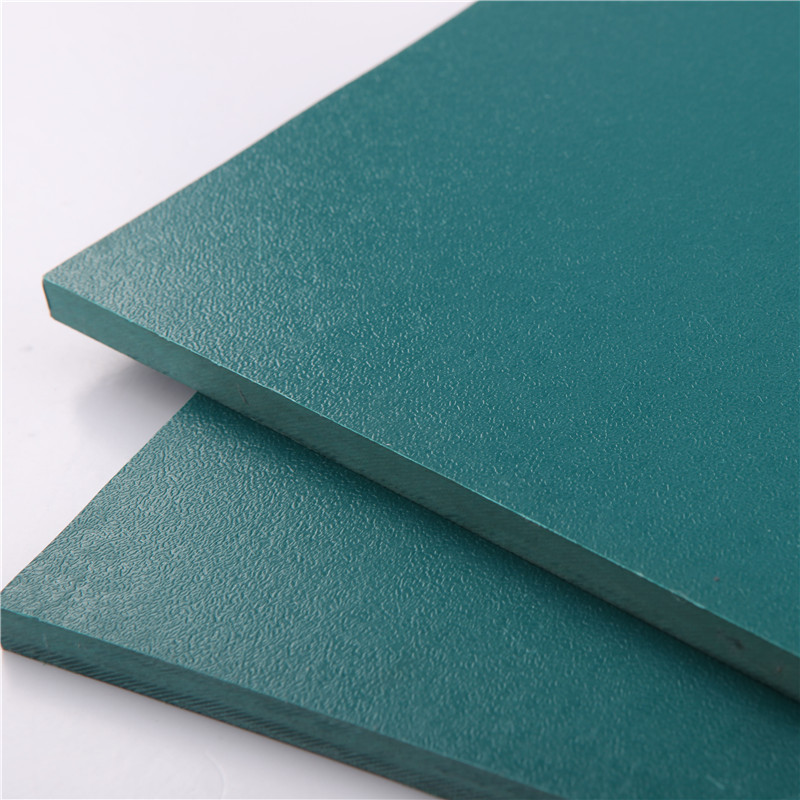Nov . 14, 2024 11:51 Back to list
pp cutting board
The Versatile Charm of PP Cutting Boards
In every kitchen, a reliable cutting board is an essential tool. Among the various materials available, polypropylene (PP) cutting boards have gained significant popularity due to their unique properties and versatility. This article delves into the benefits and features of PP cutting boards, making a case for their place in any culinary space.
What is Polypropylene?
Polypropylene is a thermoplastic polymer that is widely used in various applications due to its durability, flexibility, and resistance to chemicals. In the kitchen, PP is particularly favored for its non-porous nature, which makes it ideal for cutting boards. These boards come in various colors, sizes, and thicknesses, catering to different cooking needs and aesthetic preferences.
Durability and Longevity
One of the most notable advantages of PP cutting boards is their durability. Resistant to scratches and cuts, these boards can withstand the rigors of daily food preparation. Unlike wooden cutting boards, which can harbor bacteria in their porous surfaces, PP cutting boards offer a more hygienic option, as they can be easily cleaned and sanitized. Many are dishwasher-safe, allowing for effortless maintenance.
Safety and Hygiene
pp cutting board

Food safety is paramount in any kitchen. PP cutting boards are non-absorbent, which means they do not retain liquids or odors. This feature enhances their hygienic properties, making them less likely to harbor harmful bacteria. Moreover, PP is BPA-free, ensuring that no harmful chemicals are leached into food during preparation. For home cooks and professional chefs alike, the safety of ingredients is a top priority, and PP cutting boards deliver on this front.
Versatility in Use
PP cutting boards are not only functional but also versatile. Their lightweight nature makes them easy to handle and transport, whether you're chopping vegetables, slicing meat, or preparing dough. Available in various colors, PP boards can also be used as a visual cue in the kitchen to prevent cross-contamination. For instance, one color can be dedicated to vegetables, another for meats, aiding in maintaining food safety standards.
Environmental Considerations
In an era where environmental concerns are more prominent, polypropylene cutting boards offer a relatively eco-friendly option compared to some alternatives. While they are not biodegradable, PP products are recyclable, which reduces their environmental impact when disposed of properly. Additionally, investing in a PP cutting board means you are choosing a sustainable product that can last for years, thus minimizing waste.
Conclusion
In summary, PP cutting boards are an excellent addition to any kitchen due to their durability, safety, and versatility. They combine practical features with ease of maintenance, making them suitable for both casual cooks and culinary experts. As we continue to prioritize food safety and environmental sustainability, PP cutting boards prove to be not only a wise choice but also a modern kitchen staple that enhances the cooking experience. Whether you are preparing a simple meal or a complex dish, a PP cutting board is sure to be your reliable partner in the kitchen.
-
High-Quality PPR Pipes and Fittings Durable ERA PPR & PVC PPR Solutions
NewsJul.08,2025
-
Black HDPE Cutting Board - Durable, Non-Porous & Food Safe HDPE Plastic Cutting Board
NewsJul.08,2025
-
High-Quality CPVC Panel Durable HDPE & PVC Panels Supplier
NewsJul.08,2025
-
Double PE Welding Rod Supplier - High Strength, Durable & Versatile Welding Solutions
NewsJul.07,2025
-
High-Quality PVC-O Pipe Supplier Durable 75mm PVC Pipe & Connections Leading PVC Pipe Company
NewsJul.07,2025
-
HDPE Drainage Pipe Supplier – Durable & Corrosion-Resistant Solutions
NewsJul.06,2025

